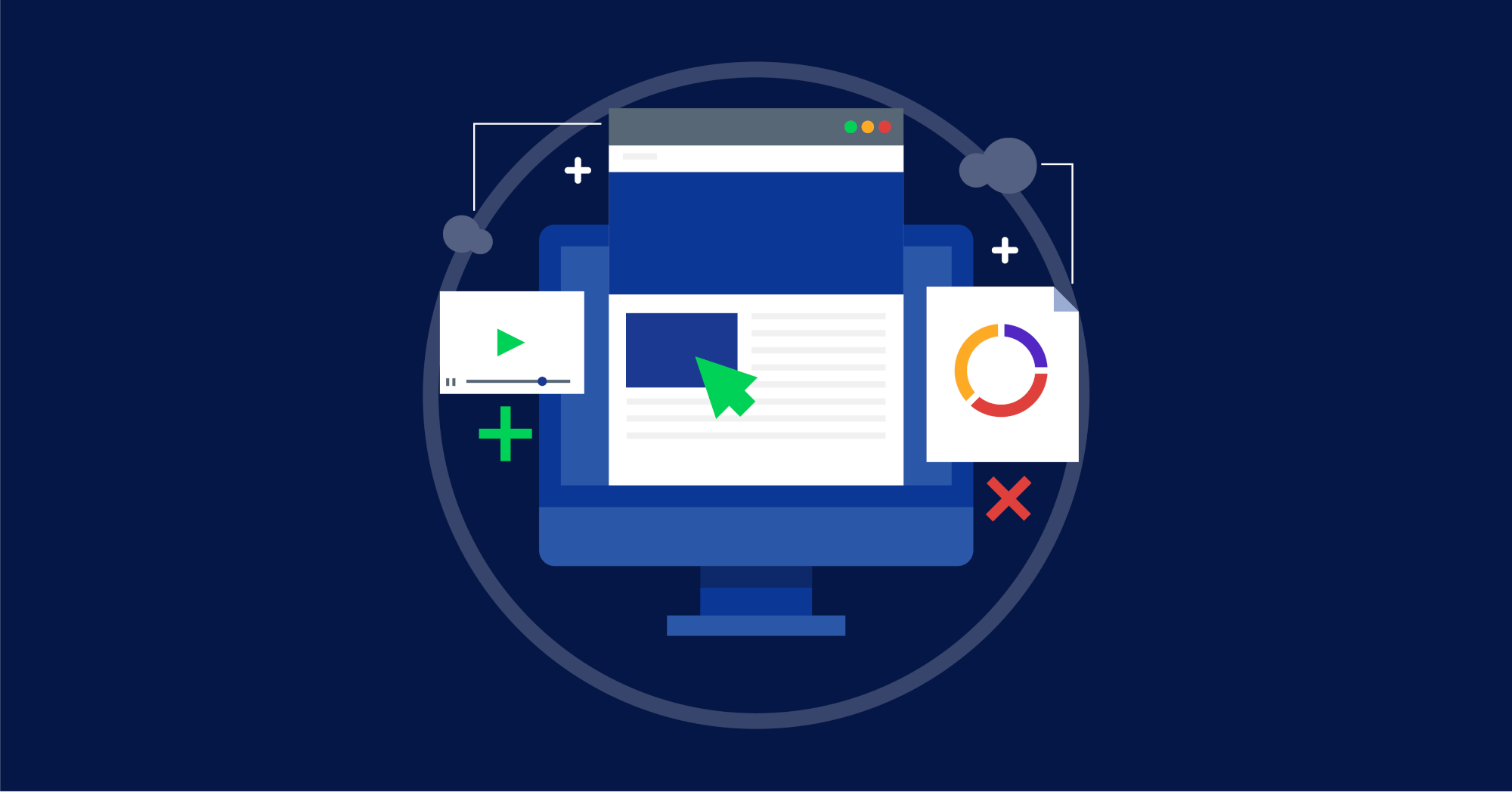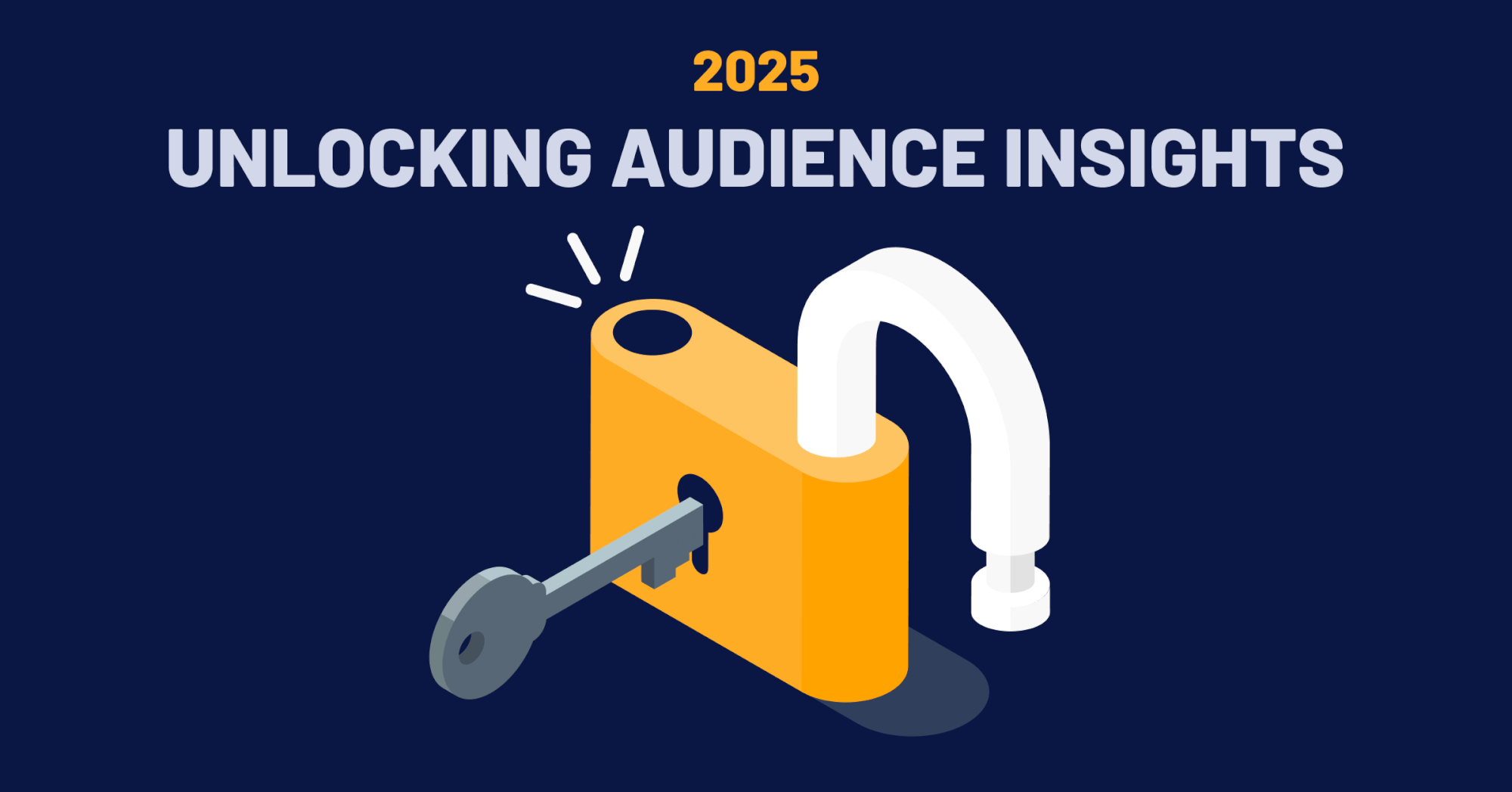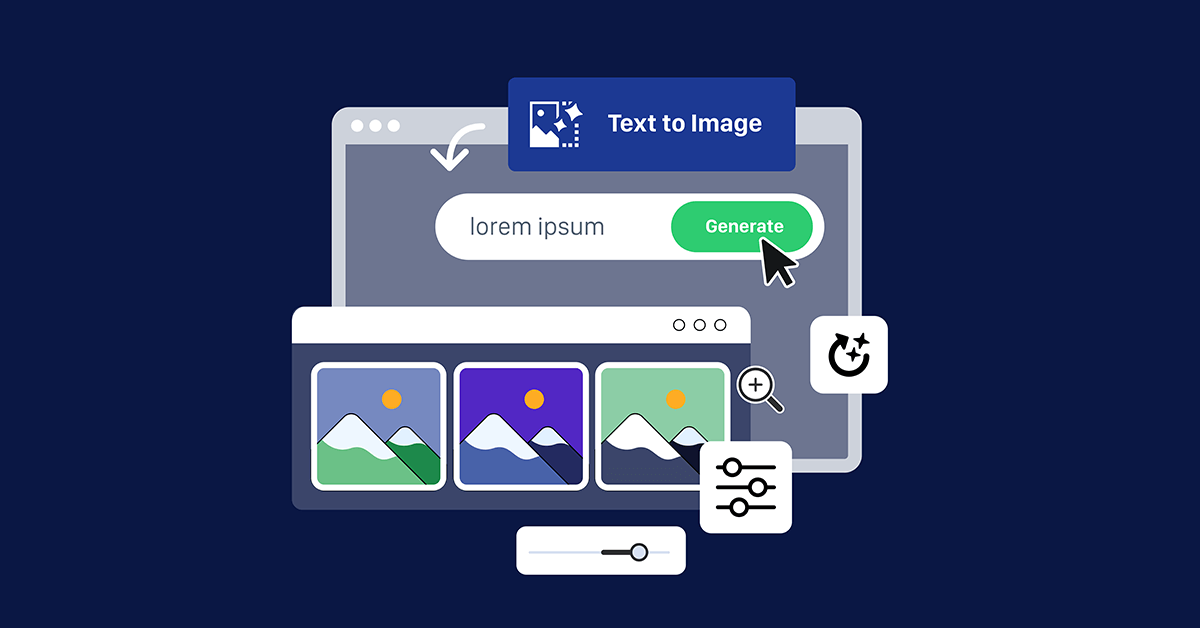
In the digital landscape, content management is critical to maintaining a vibrant and engaging website. Businesses, however, often need help deciding whether to keep old site content or remove it to make room for new material.
In this POV, we’ll dive into the strategies of two contrasting methods:
-
- The penchant for retaining old content (the “Hoarder” approach)
- The continuous removal and replacement of content (the “Bonsai” approach)
We’ll analyze how each approach can help businesses make informed decisions about their content management strategy.
The “Hoarder” Approach
The “Hoarder” Approach to content management includes adopting and maintaining a vast repository of content on a website. IBM.com is an excellent example of this approach. This website hosts over 13 million pages from 1996 publish dates.
This approach ensures that historical information and resources remain accessible to users over time. This strategy can lead to cluttered navigation and outdated material, potentially impacting user experience and relevance. Yet despite these drawbacks, IBM’s strategy provides a comprehensive archive of the company’s evolution and expertise. As of March 2024, ibm.com ranks for over 122,000 non-brand keywords on the SERP page 1 alone!

The “Bonsai” Approach
The “Bonsai” Approach to content management employs continuous content removal and replacement. Buzzfeed.com is an excellent example of this approach.
This approach ensures that only the freshest and most relevant content is showcased to their audience. By regularly updating their website, BuzzFeed maintains high user and search relevance. As of March 2024, buzzfeed.com ranks for over 85,000 non-brand keywords on page 1 of the SERP3. It should be noted that this strategy requires significant resources and may result in the loss of valuable historical content.
Key Differences:
- Impact on User Experience: The Hoarder approach may lead to a cluttered and overwhelming user experience, whereas the “Bonsai” trimming approach ensures a streamlined and dynamic interface.
- Effectiveness in Maintaining Relevance: While the Hoarder approach preserves historical information, the Bonsai strategy prioritizes relevance, keeping its content up-to-date and engaging.
- Resource Utilization and Cost Considerations: The Hoarder approach requires less ongoing maintenance but may increase storage costs. At the same time, the Bonsai strategy demands frequent updates and investments in content creation and management.
Approach |
Pros |
Cons |
|---|---|---|
Keeping Old Content (Hoarder) |
Preserves historical information | Cluttered navigation |
| Demonstrates company expertise | Outdated material | |
| Minimal ongoing maintenance | Potentially increased storage costs | |
Removing Old Content (Bonsai) |
Ensures relevance and freshness | Loss of historical context and resources |
| Streamlined user experience | High resource utilization and maintenance costs |
Maximizing the Value of Your Website via Content Audit
Either approach (Hoarder vs Bonsai) requires the development of a content audit for the information and pages found on your website. I’d like to point out that conducting periodic content audits ensures your website remains relevant, engaging, and optimized for search engines. A content audit involves systematically reviewing all the content on your website to assess its performance, relevance, and effectiveness. Here’s how you can conduct a comprehensive content audit:
- Traffic Analysis: Analyze the traffic data for each piece of content. Identify which pages are attracting the most visitors and which ones need to be performing better. This analysis will help you prioritize your efforts and focus on the content with the highest potential for improvement.
- Publish Date Evaluation: Review each piece of content’s publish date. Older content may still be valuable, but it may require updates to remain accurate and relevant. Could you check whether the information is still timely and whether any changes or developments warrant an update?
- Relevance Assessment: Evaluate the relevance of each piece of content to your target audience and business objectives. Could you determine whether the information is still helpful and whether it aligns with your current messaging and branding?
- Decision Making: Based on your analysis, categorize each piece of content into one of the following categories:
- Keep: Content performing well and remaining relevant can be retained as-is.
- Refresh Content that is still valuable but requires updates or improvements to remain relevant.
- Remove Content that is outdated, underperforming, or no longer aligns with your objectives should be removed from the website.
Once you’ve completed the content audit, your Hoarder or Bonsai decisions can be made. And once you’ve decided to keep, refresh, or remove content, it’s time to act. Here’s how you can implement these decisions effectively:
- Keeping Content: This is the most straightforward decision; no page updates are necessary. The content continues to live on your website.
- Refreshing Content: For content that needs updates or improvements, create a plan to revise the information, add new insights, and optimize it for search engines. Update the publish date to reflect the changes and promote the refreshed content across your channels.
- Removing Content: When removing content, be strategic about handling it. Consider redirecting URLs to relevant pages or creating custom 404 error pages to guide users to other content on your website. Monitor your website’s performance after removing content to ensure no adverse effects on traffic or search rankings.
A content audit is a valuable tool for maintaining the quality and relevance of your website’s content. By regularly reviewing traffic, publish dates, and relevance, you can make informed decisions about whether to keep, refresh, or remove content.
The Path Forward
In the debate between keeping old content or removing it, businesses must strike a balance between preserving historical information (the “Hoarder” approach) and maintaining relevance (the “Bonsai” approach). While “Hoarder” websites ensure a comprehensive archive, a “Bonsai” content trimming strategy prioritizes user engagement and dynamism.
As you review your content performance, please look at your strategic business goals, audience preferences, and resource constraints to ensure the selected approach maps to your desired business outcomes.
Taking this approach will ensure that you maximize the value of your content infrastructure while also providing your user base with relevant and topical information associated with your company/brand.
Would you be ready to optimize your content strategy for maximum impact? Let Overdrive Interactive help you strike the perfect balance between historical value and contemporary relevance.
Contact us today to learn how our expert SEO services can elevate your brand and engage your audience like never before.





